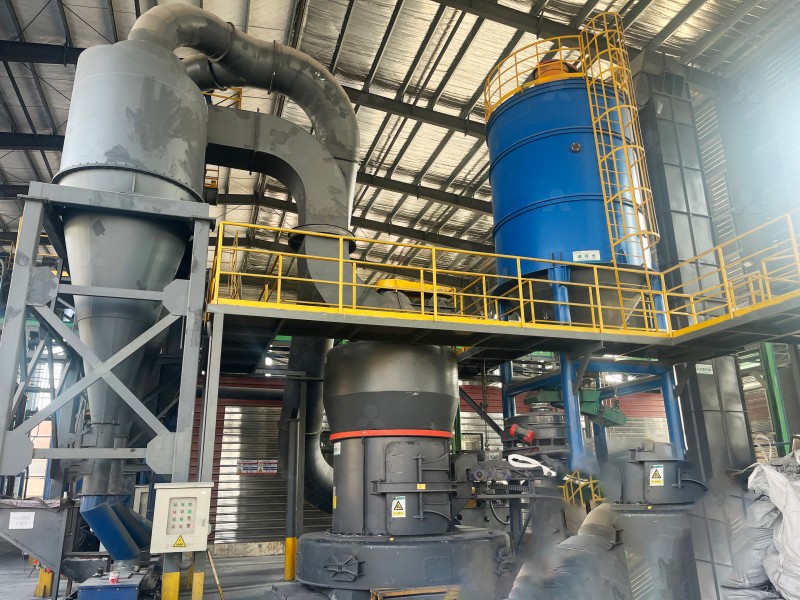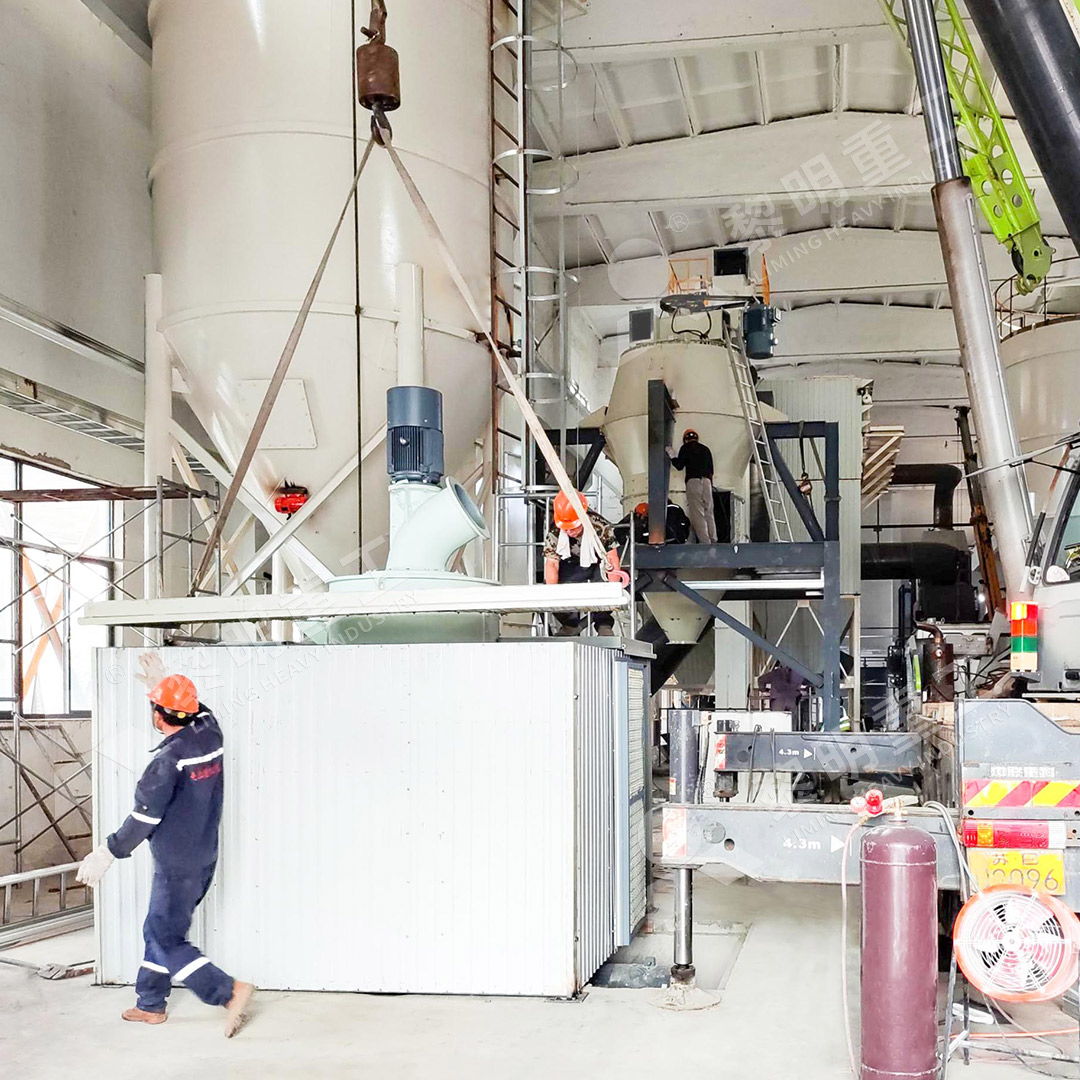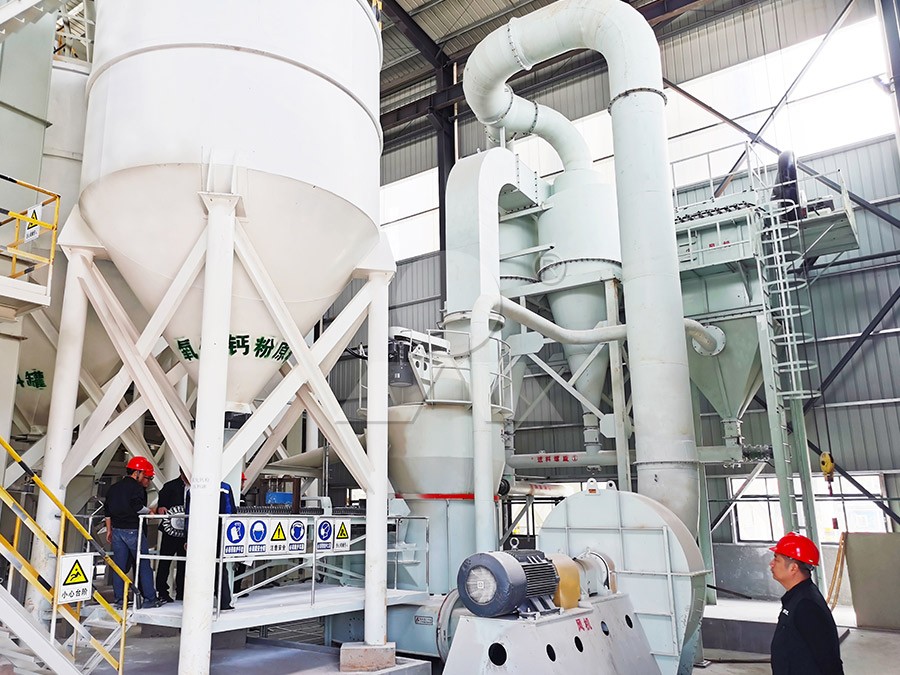Advanced Raymond Mill for Efficient Limestone Powder Production
Advanced Raymond Mill for Efficient Limestone Powder Production
The quest for high-quality limestone powder has driven significant innovation in grinding technology. Modern industries demand finely processed limestone with consistent particle size distribution for applications ranging from construction materials to industrial fillers and chemical processes. Traditional grinding methods often fall short in meeting these stringent requirements efficiently.
Contemporary limestone processing facilities require equipment that delivers precise particle size control while maintaining operational efficiency and environmental compliance. The evolution of grinding technology has produced sophisticated mill systems capable of handling various limestone characteristics while optimizing energy consumption and output quality.

Technical Advancements in Modern Grinding Systems
Today’s advanced grinding mills incorporate multiple technological improvements over traditional designs. Enhanced classification systems ensure precise particle size distribution, while optimized grinding geometries maximize material throughput. Modern mills also feature sophisticated control systems that allow operators to fine-tune production parameters for specific application requirements.
The integration of automated monitoring and adjustment capabilities has revolutionized limestone powder production. Real-time data collection enables proactive maintenance scheduling and consistent product quality. These systems can automatically compensate for variations in raw material characteristics, ensuring uniform output regardless of incoming limestone quality fluctuations.
Recommended Solution: MW Ultrafine Grinding Mill
For operations requiring superior fineness control and high efficiency, the MW Ultrafine Grinding Mill represents a significant advancement in limestone processing technology. This system handles input sizes up to 20 mm with production capacities ranging from 0.5 to 25 tons per hour, making it suitable for various production scales.
The MW series incorporates German cage-type powder selector technology, enabling precise fineness adjustment between 325-2500 meshes. Its innovative design eliminates rolling bearings and screws within the grinding chamber, significantly reducing maintenance concerns and potential failure points. The system’s efficient pulse dust collector and muffler ensure environmentally responsible operation with minimal noise pollution.

Operational Efficiency and Environmental Considerations
Modern grinding systems must balance production efficiency with environmental responsibility. Advanced dust collection systems capture particulate matter effectively, while noise reduction technologies create better working conditions. The MW Ultrafine Grinding Mill exemplifies this approach with its comprehensive environmental protection features that meet stringent international standards.
Energy consumption represents a significant portion of operating costs in limestone powder production. Contemporary mill designs address this challenge through optimized mechanical configurations and intelligent power management. The MW series demonstrates remarkable efficiency, consuming approximately 30% less energy compared to conventional jet grinding mills while achieving 40% higher production capacity.
Alternative Solution: LUM Ultrafine Vertical Grinding Mill
For operations with space constraints or specific layout requirements, the LUM Ultrafine Vertical Grinding Mill offers an excellent alternative. With an input size capacity of 0-10 mm and throughput of 5-18 tph, this compact system integrates Taiwanese grinding roller technology with German powder separation expertise.
The LUM mill’s unique roller shell and lining plate grinding curve design promotes efficient material layer formation, enabling high finished product rates through single-pass powder milling. Its double position-limiting technology ensures operational stability, while the reversible structure simplifies maintenance procedures. The system reduces energy consumption by 30-50% compared to conventional grinding mills.

Future Trends in Limestone Processing
The trajectory of grinding technology continues toward greater automation, energy efficiency, and precision. Integration with plant-wide control systems enables optimized production scheduling and quality management. Digital twin technology is emerging as a valuable tool for predictive maintenance and process optimization, reducing downtime and improving overall equipment effectiveness.
As sustainability concerns grow, grinding equipment manufacturers are focusing on circular economy principles, designing systems that facilitate material recycling and minimize waste. The latest mill designs incorporate features that support the use of alternative fuels and reduce carbon footprint throughout the production lifecycle.
Frequently Asked Questions
What fineness range can the MW Ultrafine Grinding Mill achieve for limestone powder?
The MW series can produce limestone powder with fineness adjustable between 325-2500 meshes, with screening capability achieving d97≤5μm in a single pass.
How does the energy consumption of modern grinding mills compare to traditional systems?
Advanced systems like the MW Ultrafine Grinding Mill consume approximately 30% of the energy required by jet grinding mills while delivering 40% higher production capacity.
What maintenance advantages do contemporary grinding mills offer?
Modern designs eliminate internal rolling bearings and screws in the grinding chamber, preventing common failure points. External lubrication systems enable maintenance without production shutdown.
Can these grinding systems handle variations in limestone quality?
Yes, advanced control systems automatically adjust operating parameters to compensate for raw material variations, ensuring consistent output quality.
What environmental features are incorporated into modern grinding mills?
Contemporary systems include efficient pulse dust collectors, silencers, noise elimination rooms, and operate under negative pressure to prevent dust emission, exceeding international environmental standards.
